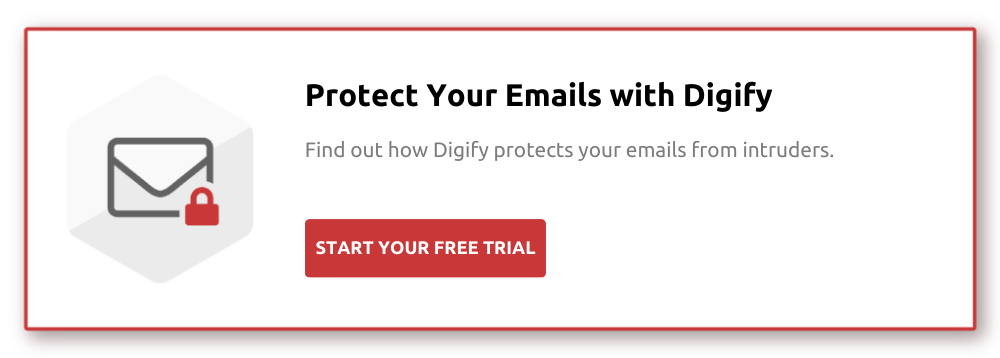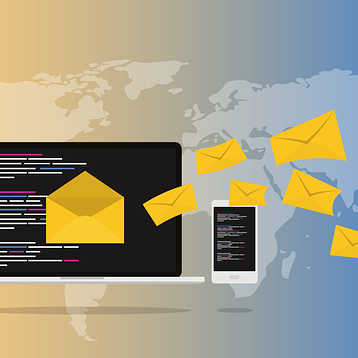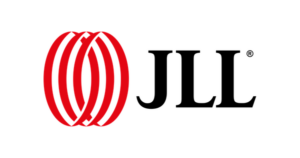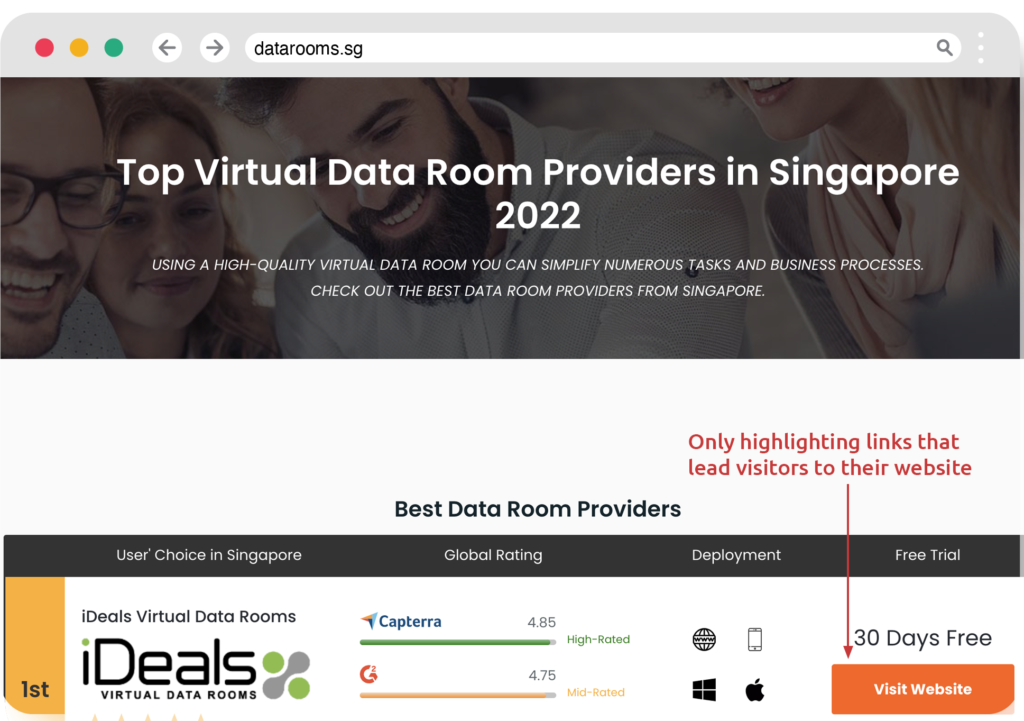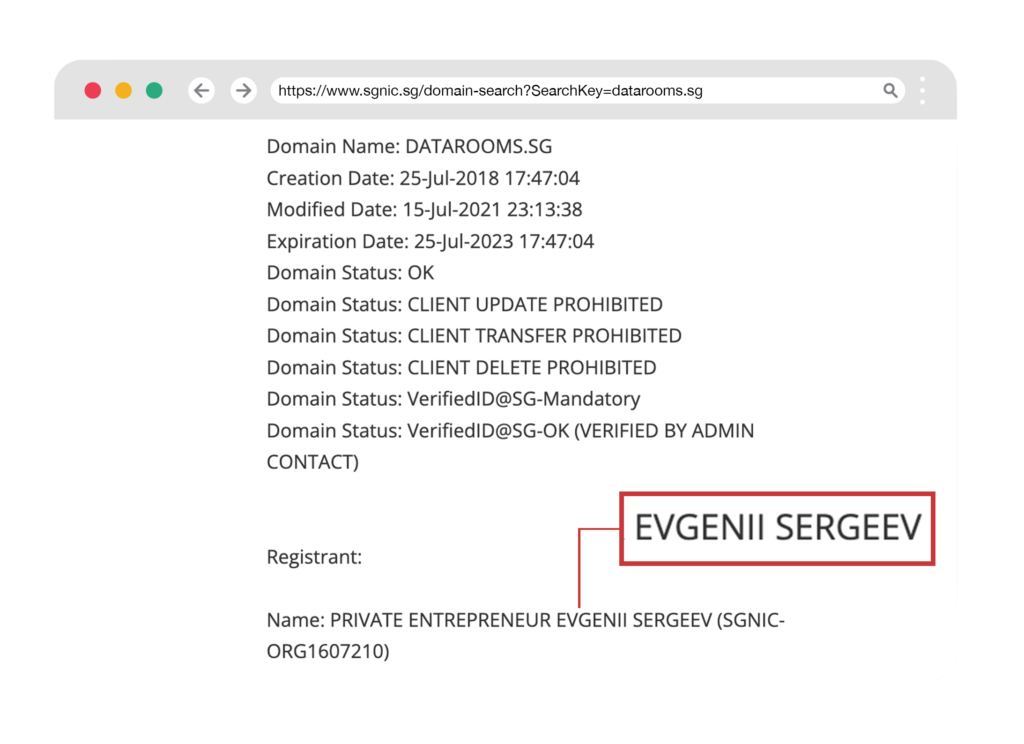Today, more than 5 million companies use Google’s G Suite to conduct important business. Many of these businesses are in industries such as finance, education, media, healthcare and others that require secure email to remain legally compliant with data protection laws or to exchange sensitive information without risking the loss of valuable assets. A company’s reputation is one of the most powerful yet fragile assets that can be easily damaged by unintentionally revealing confidential data, especially clients’ or customers’ personal information.
Although G Suite’s email platform Gmail offers email encryption services, it isn’t always as secure as you might think. This is because Gmail relies on S/MIME (Secure/Multipurpose Internet Mail Extensions) to support encryption and it can only work if both the sender and recipient have it enabled.
This means if you email a recipient who uses another email platform that doesn’t use S/MIME you may not be protected. In 2013, cybercriminals gained access to sensitive customer information by hacking 3 billion Yahoo email accounts. Fortunately, with third-party services, you can ensure that your Gmail email messages and attachments are always completely secure.
How to fully encrypt Gmail attachments
In addition to protecting sensitive email messages, many don’t consider that the most sensitive information in an email is often stored in attachments.
Using end-to-end encryption is the only way to make sure that your email messages and Gmail attachments are entirely secure. With this method, your emails are encrypted while sitting at rest in an inbox and in transit to your recipient.
Google has discussed adding end-to-end encryption to Gmail for quite a while but unfortunately has not delivered as of yet. Meanwhile, third-party services are stepping up to fill the gap with encryption extensions and applications.
But many of these third-party options add significant friction to email use for both the sender and recipient. If not designed with the user experience in mind, email encryption can be difficult to use, can require extra steps to read an email, and slow down the entire email process.
With Digify’s Gmail encryption extension, you can easily encrypt Gmail attachments and messages without your recipient having to be subscribed to the platform or manually giving them a password.
How to use Digify to encrypt Gmail attachments
Without changing your workflow, you can have complete control over your Gmail attachments by sending an encrypted email directly within Gmail. You can also choose if recipients can download or print your attached document and even revoke access to the file anytime after emailing it. When your recipient receives your encrypted Gmail attachment, all they have to do is click on the document link in your email. You can then choose if you want the recipient to verify their email address or not and a code will automatically be sent to them to open the attachment.
It only requires five easy steps to get started with Digify’s Gmail encryption extension:
- Download the Digify extension on the Chrome web store
- Compose your email message in Gmail
- Attach your document to your email using the Digify extension
- Customize your security settings according to your preferences:
- Add recipients who should receive access
- Set permissions for printing and downloading your attached file
- Choose whether to add a personalized watermark for tracking and identification
- Select the date and time when the document will automatically expire
- Insert your Gmail attachment as a link in your email and send
You can also watch the video demo below to see how to encrypt a Gmail attachment with Digify:
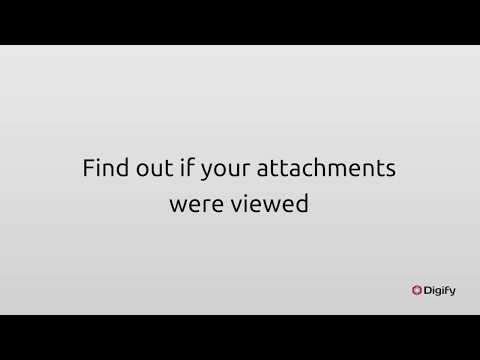
Advanced file encryption you can rely on
To encrypt Gmail attachments, Digify uses the AES-256 encryption algorithm that is certified by the National Security Administration (NSA) for top-secret documents. Asymmetric encryption systems (AES) secure data with a public key that can only be decrypted by the intended recipient who has the correct private key.
This makes asymmetric encryption better at securing data in transit because the sender doesn’t need to know the recipient’s private key. AES is considered the most secure symmetric key encryption cipher currently available.
Digify also encrypts data using envelope encryption, which uses a data encryption key (DEK) and then encrypts the DEK with a root key. The main benefit of envelope encryption is that when you encrypt a data key, you don’t have to stress about where to store it because the data key is protected by encryption. So, the encrypted key can be safely stored with the encrypted data.
How to track encrypted Gmail attachments
As well as securely encrypting your Gmail attachment with Digify, you can track your document to view when it’s opened, printed, and forwarded without leaving your Gmail inbox. You can see if your recipient has viewed your attachment, for how long, and if they’ve downloaded or printed your file.
And you can set up your file to automatically expire after a set amount of time. This way you never have to risk your confidential information being exposed to the wrong person. You can even revoke access after the Gmail attachment has been sent to your recipient by simply clicking a toggle switch.
Conclusion
Data breaches related to emails and attachments exponentially increase every year. This is especially frightening because email remains the most popular business communication method, which puts millions of companies at risk of both reputational and financial loss.
Businesses send contracts, presentations, and many other types of sensitive documents through email every day. And once you send an email you lose control over the attached files. Often you don’t even know if it was opened by your recipient.
The good news is that email encryption solutions like Digify can strengthen your email security against breaches. Now your business can have complete oversight of who has access to your Gmail attachments without sacrificing seamless usability and collaboration.
But you don’t have to take our word for it. Start a free trial of Digify’s Gmail encryption extension to see for yourself how easy it is to send encrypted Gmail attachments to anywhere and anyone you want worry-free.
